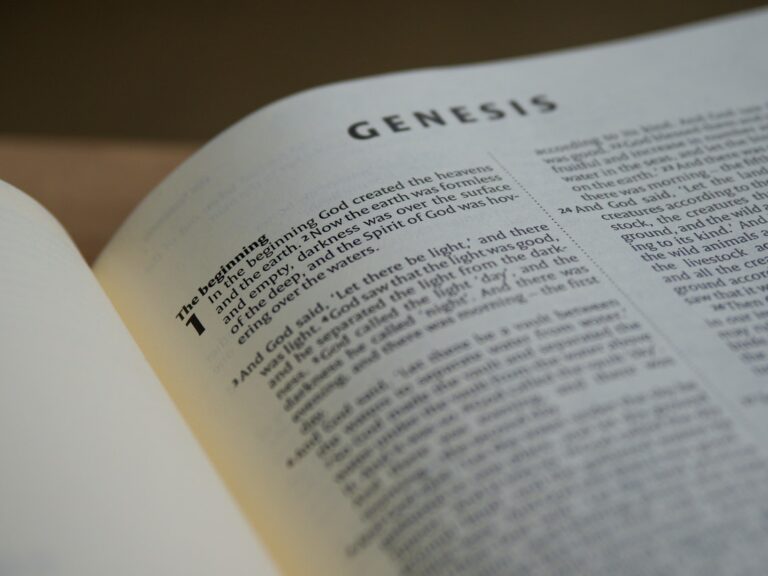E-Books vs Physical Books
A Comprehensive Comparison
Books have been a window into different realms, ideas, and stories for centuries. With the advent of technology, the traditional landscape of reading underwent a seismic shift. Enter the age of e-books and physical books, two titans vying for attention in the literary arena. As readers, we find ourselves in a delightful dilemma, torn between the enchanting allure of leather-bound classics and the sleek, weightless charm of electronic tablets. In this whimsical comparison, we embark on a journey through the nuances of these two mediums, exploring their merits, quirks, and the magic they bring to our lives.
A Dance of Senses: Tangibility vs. Convenience
Imagine wandering through a quaint bookstore, the rich aroma of aged paper and ink mingling with the whispers of literary history. With each turn of a page, you’re transported to a place where time seems to stand still. Physical books create an immersive experience; they possess weight, texture, and character. They’re not just carriers of stories, but artifacts of human culture.
E-books, on the other hand, offer a different dance for the senses. They are the symphony of convenience, allowing us to carry an entire library within a device that fits in our pocket. With a simple tap, we can access any book, anytime, anywhere. While they lack the tactile charm of physical books, e-books invite us into a world of immediacy, where pages turn effortlessly and font sizes adjust to our whims.
Magic of Collection: Shelves vs. Clouds
Walking into a room adorned with bookshelves is akin to stepping into a personal gallery. Each shelf tells a story, a timeline of your literary journey. Physical books are not just items; they are trophies of knowledge, proudly displayed for all to see. The act of building a collection becomes an art form, a curation of tastes and interests.
Enter the digital realm, where collections live in the nebulous expanse of the cloud. E-books free us from the constraints of physical space, allowing us to collect without limits. A bibliophile’s paradise, where thousands of volumes can be summoned with a few keystrokes. Yet, the allure of the tangible is missed; there’s no joy in running fingers along spines, no serendipity in discovering a forgotten gem while perusing the shelves.
The Ritual of Reading: A Cozy Nook vs. Digital Haven
Picture this: a rainy afternoon, a cup of tea, and a cozy nook nestled between book-lined walls. Physical books invite rituals, a deliberate slowing down of time as we turn pages and lose ourselves in stories. The sensation of progress, the heft of the book growing lighter with every page conquered, becomes a comforting routine.
In contrast, e-books offer a more modern ritual. A tablet or e-reader becomes a portal to diverse worlds. The soft glow of the screen illuminates our faces, and the gesture of swiping replaces the rustling of pages. While the ritual might feel different, it’s no less intimate. E-books have a knack for blending into our lives seamlessly, adapting to our routines and schedules.
Whispers of Longevity: Preservation and Ephemera
One of the enchantments of physical books lies in their ability to withstand time’s relentless march. A well-crafted hardcover can be passed down through generations, its pages yellowed and edges softened by countless hands. The aura of history permeates its very fibers, connecting readers across epochs.
E-books, though ethereal, also possess a form of longevity. With backups and digital archives, our e-libraries remain immune to fire, flood, or decay. However, the digital realm is not without its vulnerabilities. Formats change, devices become obsolete, and the e-books of today might struggle to find their way into the readers of tomorrow.
The Art of Browsing: Serendipity vs. Search
Wandering through a bookstore is a serendipitous adventure. Your eyes chance upon titles you’d never thought to seek, drawing you into unexpected narratives. The art of browsing is alive in the tactile world of physical books, where covers beckon and back covers intrigue.
E-books offer a different kind of exploration—precise and efficient. With search functionalities, finding specific information becomes a breeze. However, the magic of stumbling upon the unexpected is diminished. The whimsical charm of getting lost in a different aisle of knowledge is replaced by the predictability of algorithms.
Sharing Stories: Handoffs vs. Digital Lending
Physical books are ambassadors of human connection. Sharing a book with a friend involves more than just handing over pages—it’s an exchange of ideas, emotions, and experiences. Inscriptions and annotations become personal conversations, etched onto the pages.
E-books introduce a new form of sharing—digital lending. With a few clicks, you can send a copy of your favorite book to a friend across the globe. The convenience is remarkable, yet the intimacy of physical sharing is missing. A borrowed ebook lacks the visual reminder on your shelf, the token of a shared moment.

Conclusion
As we close this whimsical comparison, it’s clear that the world of e-books and physical books each brings its own brand of magic. The choice between them need not be an either-or proposition. Instead, we can bask in the harmonious coexistence of these two mediums, switching between them as the mood strikes.
Physical books offer nostalgia, sensory pleasure, and a tangible connection to the past. E-books embody the future, offering convenience, accessibility, and adaptability to our fast-paced lives. Both mediums kindle the flames of imagination and curiosity, each beckoning us to a different kind of literary adventure.
So, whether you find yourself curling up with a classic hardcover or swiping through an e-reader under the stars, remember that the essence of reading lies not just in the medium, but in the stories that transport us, the ideas that shape us, and the worlds that expand within us—no matter the form they take.




